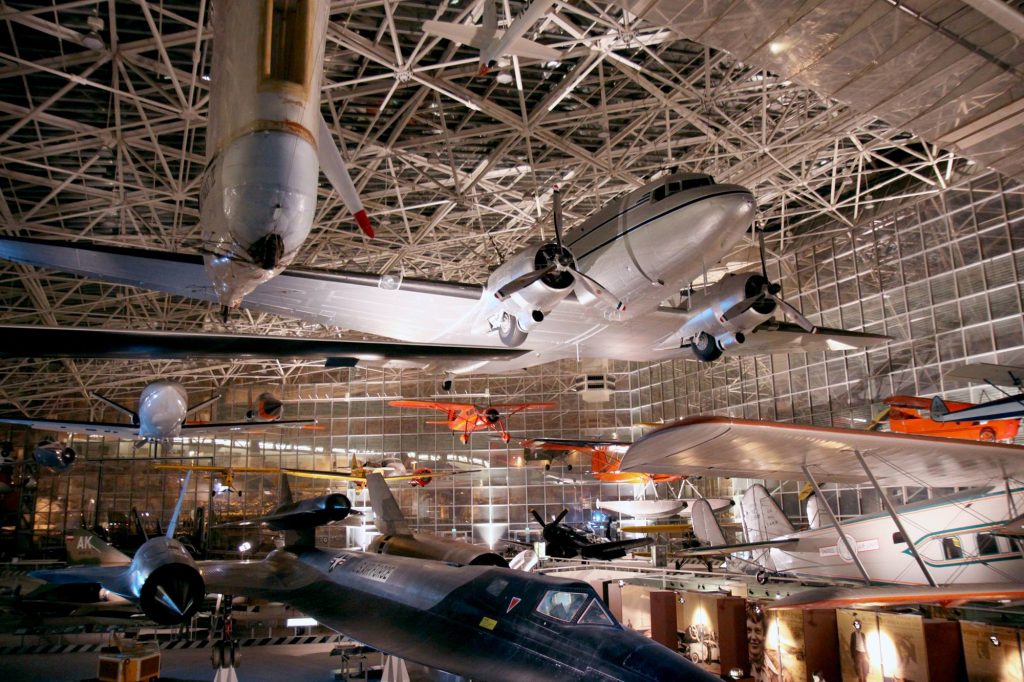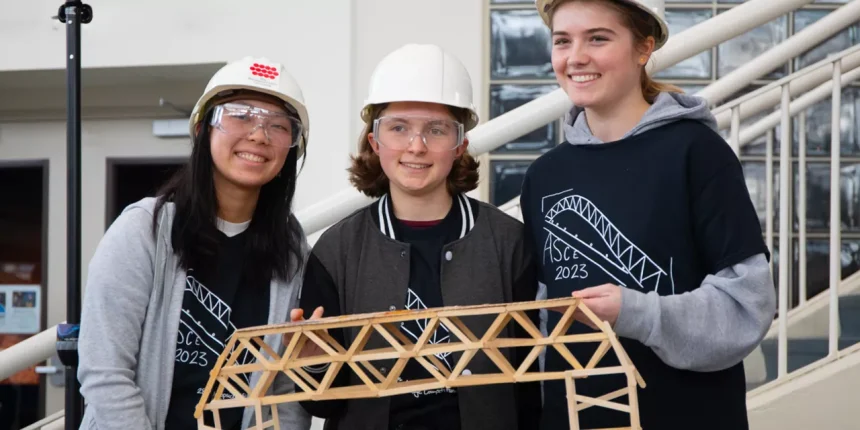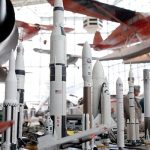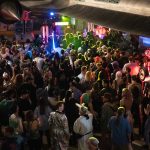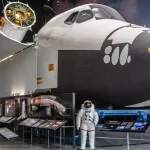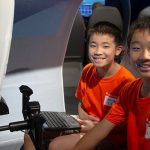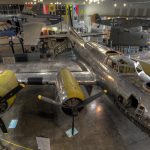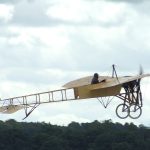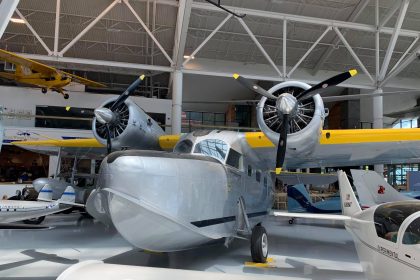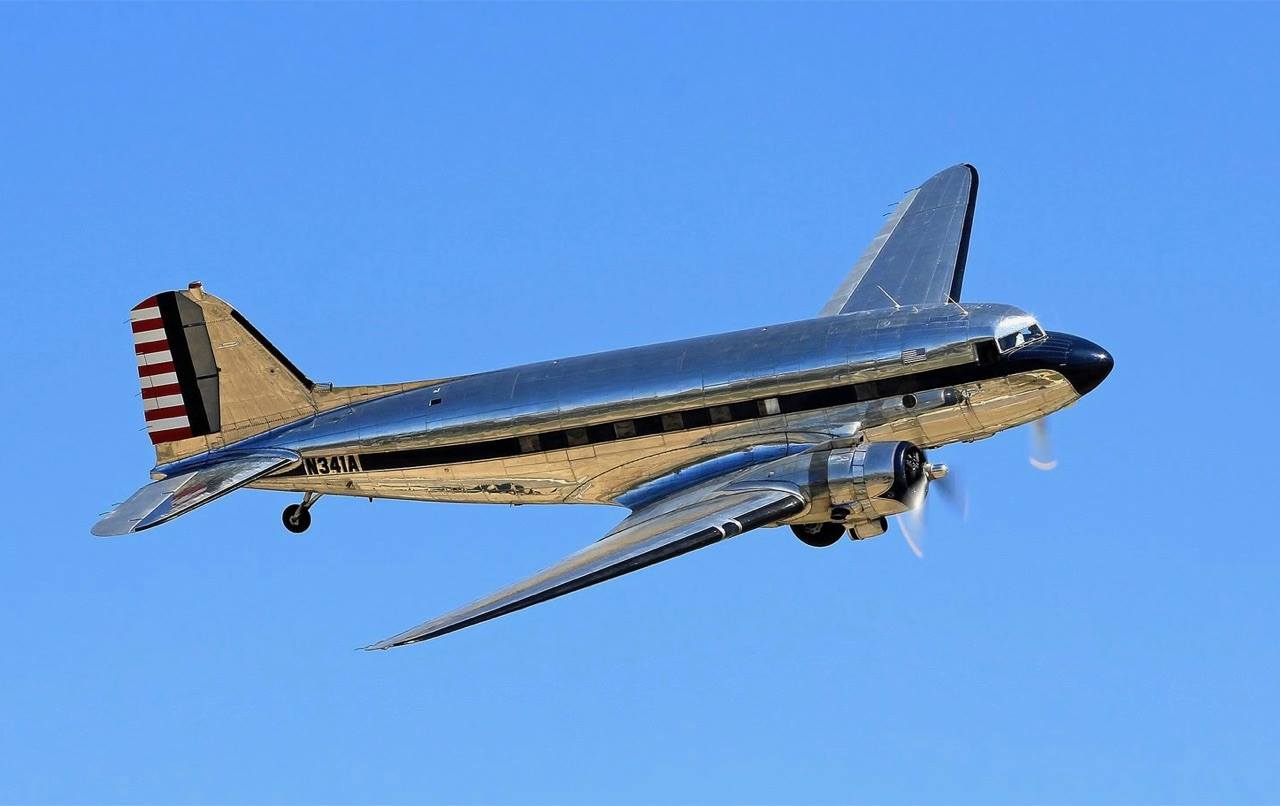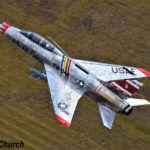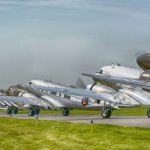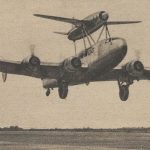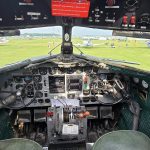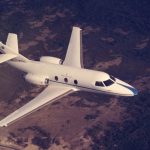On March 1, passions will run high as dozens of high school students from around Puget Sound see their engineering creations shattered in front of family and friends. It is all part of the fun during the live finals of the annual Popsicle Bridge Building Competition at the Museum, when miniature bridges designed and built by student teams are subjected to the pressures of a hydraulic press until they snap.

The bridges are made of Popsicle sticks and white glue, and the winning structures are judged for both aesthetics and strength under the press. The event is from 10 a.m. to 1 p.m. and free for Museum Members and with Museum admission. This competition is organized and run by the American Society of Civil Engineers – Younger Members in the effort to encourage high school students to take an interest in STEM fields (Science, Technology, Engineering and Mathematics).
 Founded in 1965, the independent, nonprofit Museum of Flight is one of the largest air and space museums in the world, annually serving over 600,000 visitors. The Museum’s collection includes more than 160 historically significant airplanes and spacecraft, from the first fighter plane (1914) to today’s 787 Dreamliner. Attractions at the 23-acre, 5-building Seattle campus include the original Boeing Company factory, the NASA Space Shuttle Trainer, Air Force One, Concorde, Lockheed Blackbird and Apollo Moon rockets. In addition to the Seattle campus adjacent to King County International Airport, the Museum also has its 3-acre Restoration Center and Reserve Collection at Paine Field in Everett (not currently open to the public). With a foundation of aviation history, the Museum is also a hub of news and dialogue with leaders in the emerging field of private spaceflight ventures. The Museum’s aviation and space library and archives are the largest on the West Coast. More than 150,000 individuals are served annually by the Museum’s onsite and outreach educational programs. The Museum of Flight is accredited by the American Association of Museums, and is an Affiliate of the Smithsonian Institution.
Founded in 1965, the independent, nonprofit Museum of Flight is one of the largest air and space museums in the world, annually serving over 600,000 visitors. The Museum’s collection includes more than 160 historically significant airplanes and spacecraft, from the first fighter plane (1914) to today’s 787 Dreamliner. Attractions at the 23-acre, 5-building Seattle campus include the original Boeing Company factory, the NASA Space Shuttle Trainer, Air Force One, Concorde, Lockheed Blackbird and Apollo Moon rockets. In addition to the Seattle campus adjacent to King County International Airport, the Museum also has its 3-acre Restoration Center and Reserve Collection at Paine Field in Everett (not currently open to the public). With a foundation of aviation history, the Museum is also a hub of news and dialogue with leaders in the emerging field of private spaceflight ventures. The Museum’s aviation and space library and archives are the largest on the West Coast. More than 150,000 individuals are served annually by the Museum’s onsite and outreach educational programs. The Museum of Flight is accredited by the American Association of Museums, and is an Affiliate of the Smithsonian Institution.
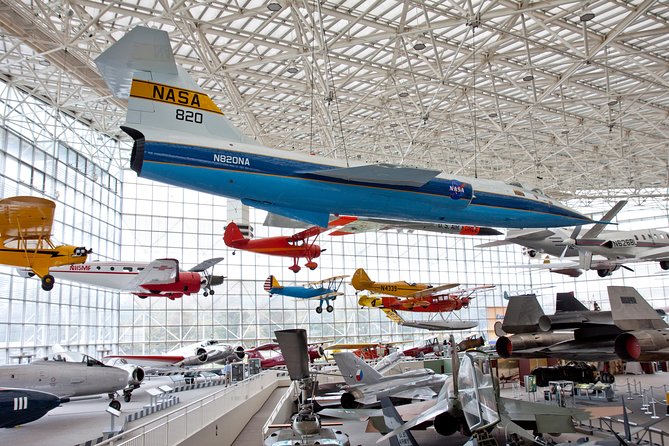 The Museum of Flight is located at 9404 E. Marginal Way S., Seattle, Exit 158 off Interstate 5 on Boeing Field halfway between downtown Seattle and Sea-Tac Airport. The Museum is open every day from 10 a.m. to 5 p.m. Museum admission for adults is $29. Youth 5 through 17 are $21, youth 4 and under are free. Seniors 65 and over $25. Groups of ten or more: $23 per adult, $16 per youth, $21 per senior. Admission is free from 5 to 9 p.m. on the first Thursday of every month. The Museum offers free quarterly Sensory Day programs, $3 admission through the Museums for All program, plus military and other discounts. Parking is always free. There is a full lunch menu café operated by McCormick & Schmick’s. For general Museum information, please call 206-764-5720 or visit www.museumofflight.org.
The Museum of Flight is located at 9404 E. Marginal Way S., Seattle, Exit 158 off Interstate 5 on Boeing Field halfway between downtown Seattle and Sea-Tac Airport. The Museum is open every day from 10 a.m. to 5 p.m. Museum admission for adults is $29. Youth 5 through 17 are $21, youth 4 and under are free. Seniors 65 and over $25. Groups of ten or more: $23 per adult, $16 per youth, $21 per senior. Admission is free from 5 to 9 p.m. on the first Thursday of every month. The Museum offers free quarterly Sensory Day programs, $3 admission through the Museums for All program, plus military and other discounts. Parking is always free. There is a full lunch menu café operated by McCormick & Schmick’s. For general Museum information, please call 206-764-5720 or visit www.museumofflight.org.
